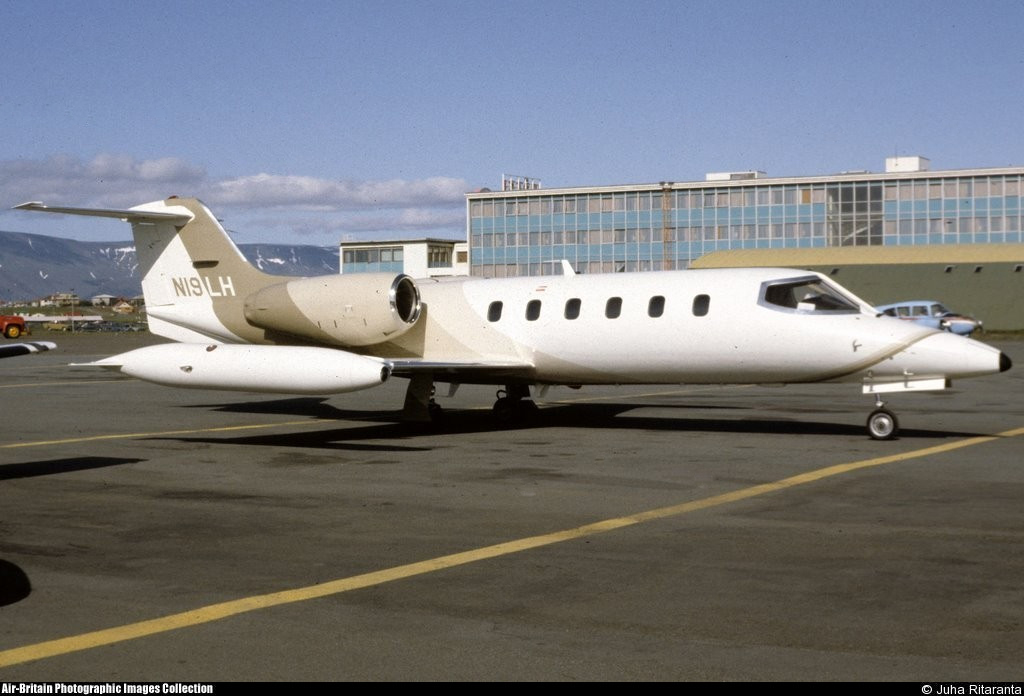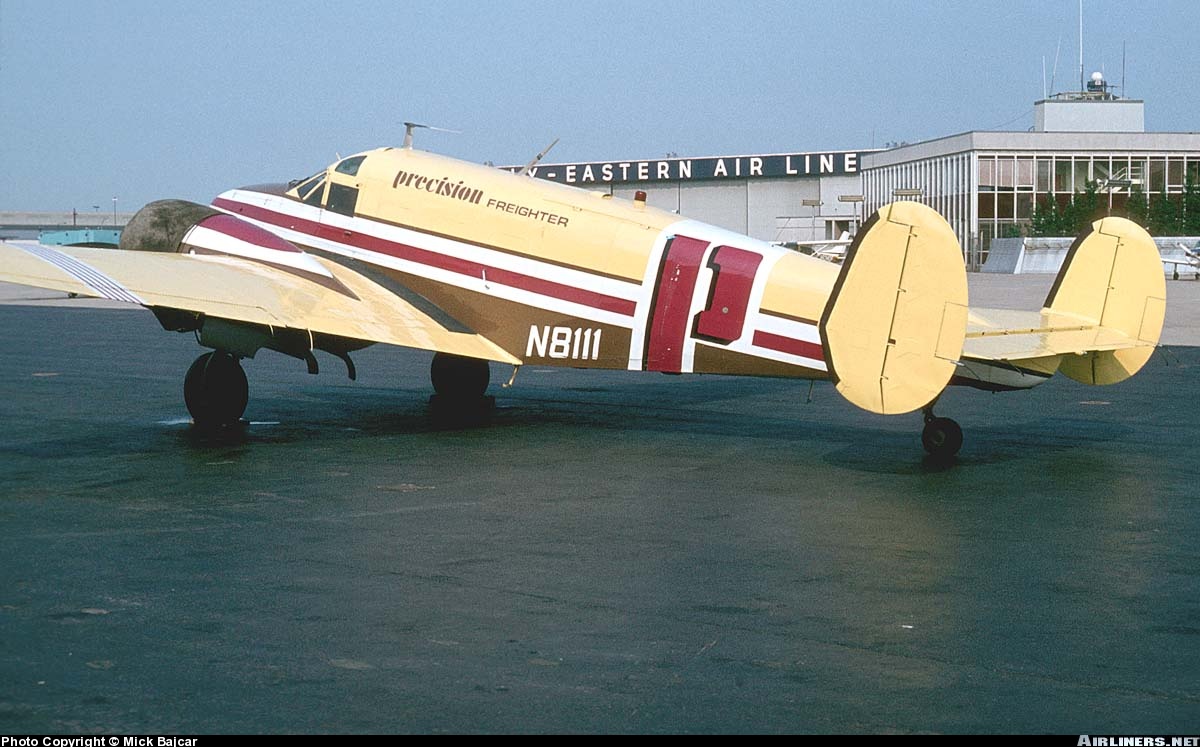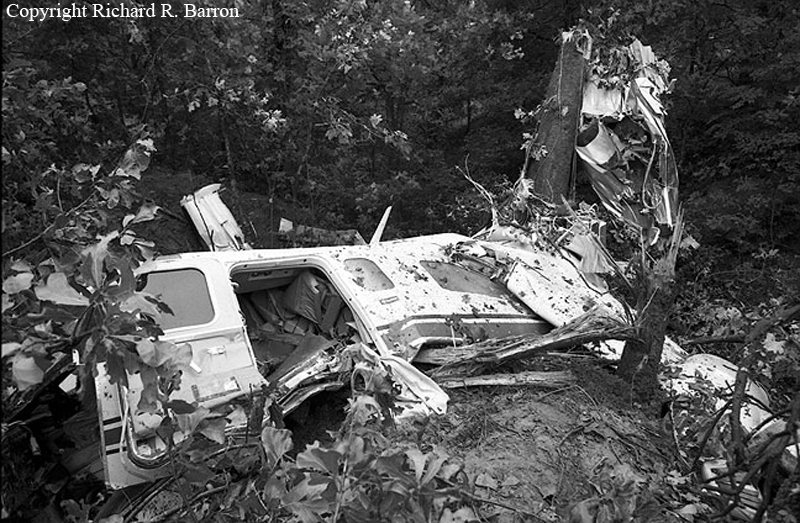Crash of a Cessna 402B in Fort Lauderdale
Date & Time:
Nov 2, 1997 at 1745 LT
Registration:
N69312
Survivors:
Yes
Schedule:
Andros Town - Fort Lauderdale
MSN:
402B-0430
YOM:
1973
Crew on board:
1
Crew fatalities:
Pax on board:
6
Pax fatalities:
Other fatalities:
Total fatalities:
0
Captain / Total hours on type:
2175.00
Aircraft flight hours:
7482
Circumstances:
The pilot was on approach for landing when the right main landing gear did not indicate that it was down. The pilot made a go-around and remained in left closed traffic performing emergency gear extension procedures with negative results. The pilot departed closed traffic and proceeded offshore to burn off fuel before attempting an emergency landing. A company airplane was dispatched to verify the landing gear position. The pilot started a straight in approach for landing five miles from the airport. The right engine started surging and quit. The left engine started surging one mile from the runway. He switched fuel tanks. The engine started and quit. He made a forced landing straight ahead and collided with runway approach lights about 1/4 mile from the end of the runway. The pilot stated he ran out of fuel.
Probable cause:
The pilot's improper management of fuel resulting in a total loss of engine power on both engines due to fuel exhaustion.
Final Report:








